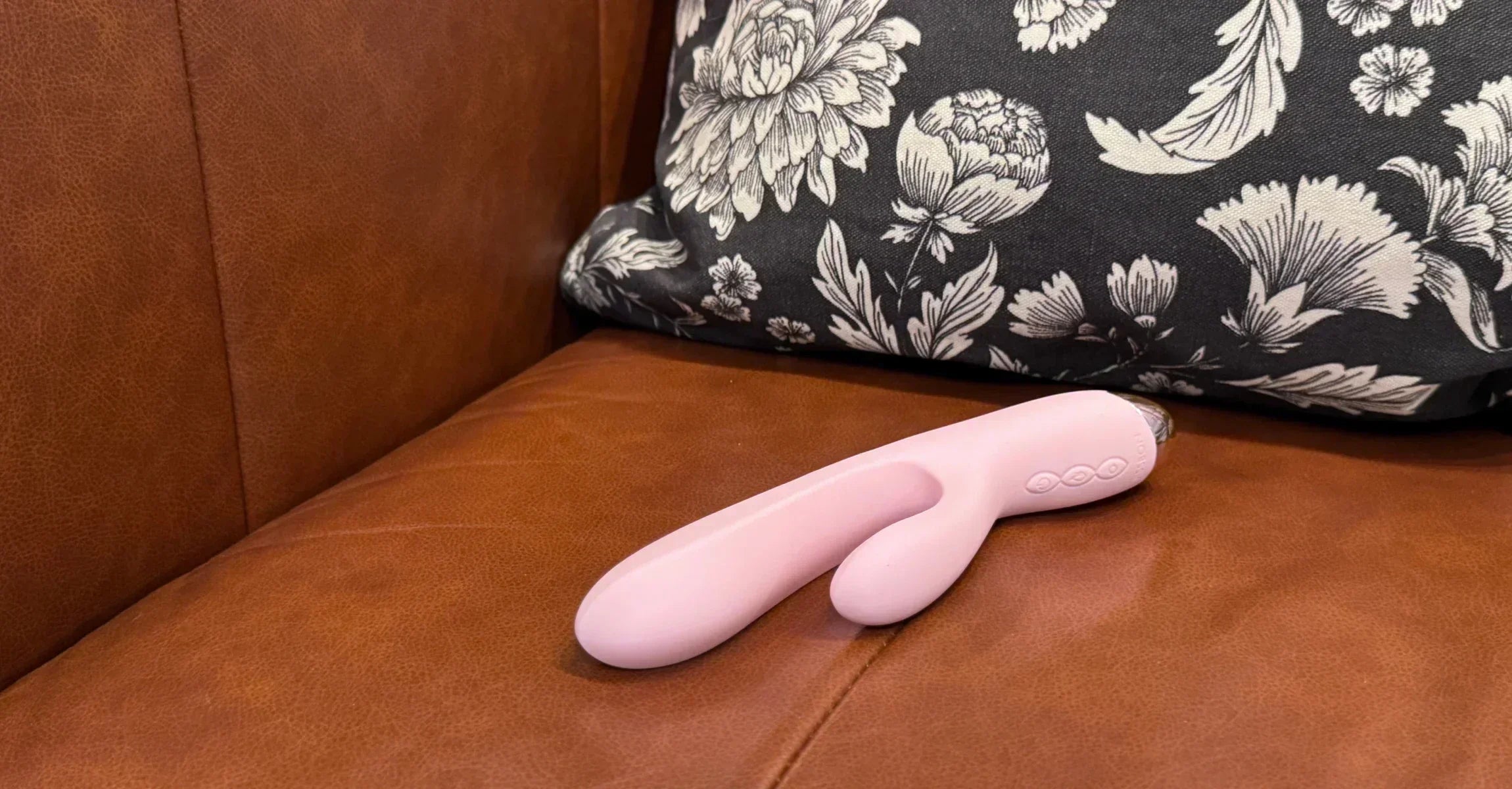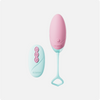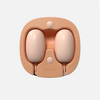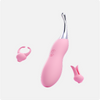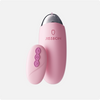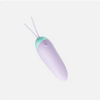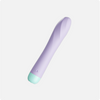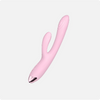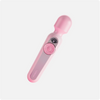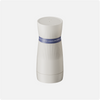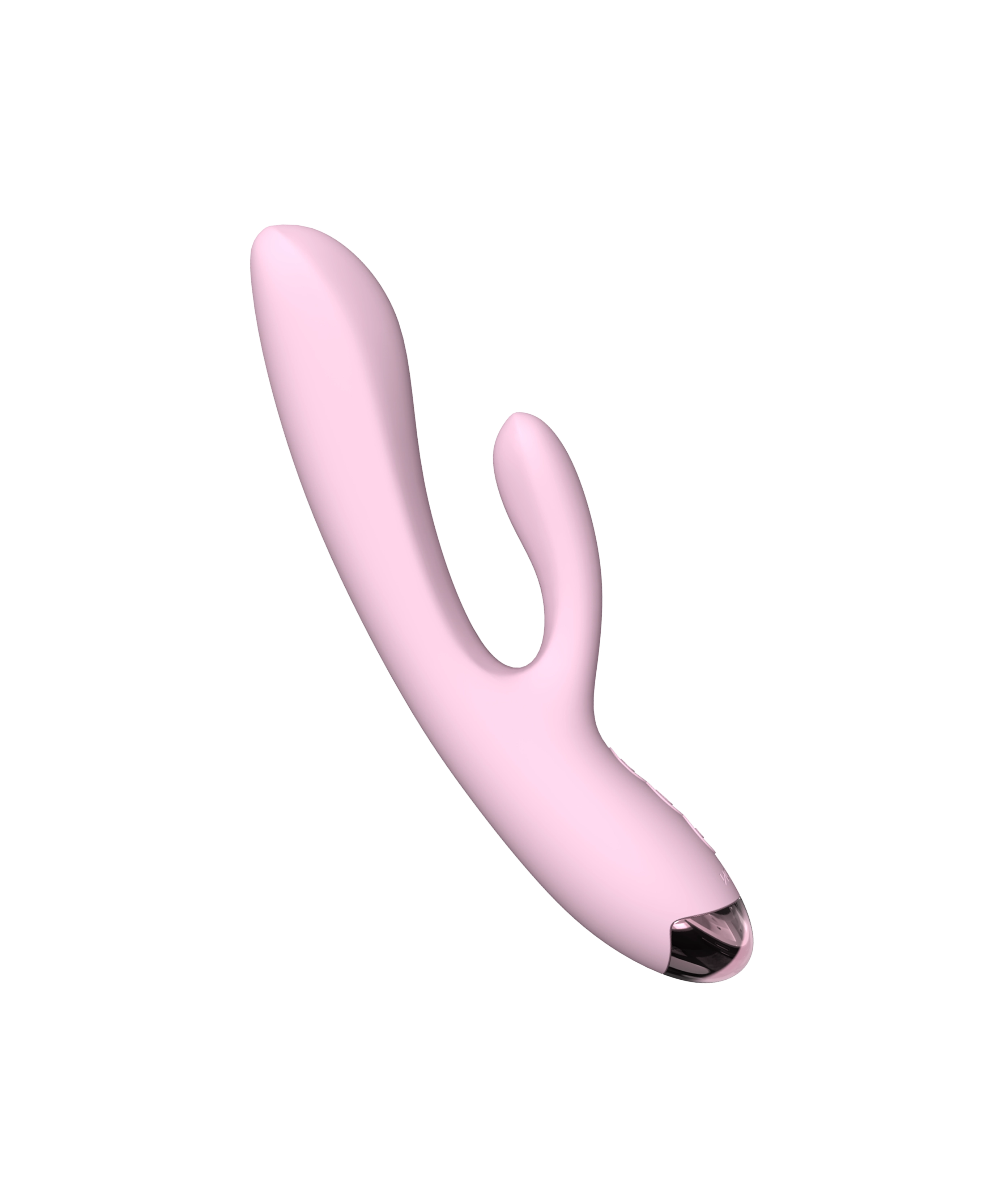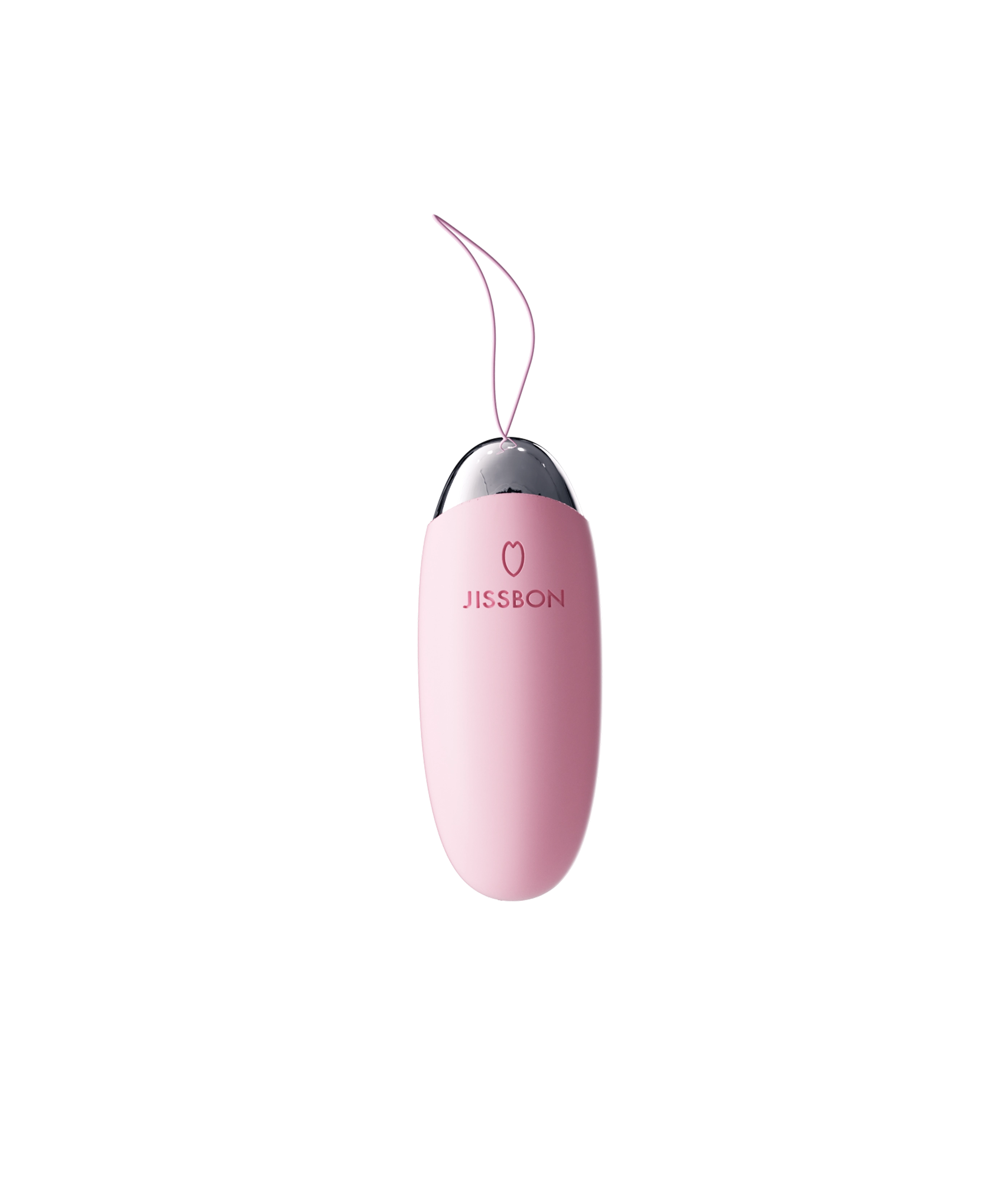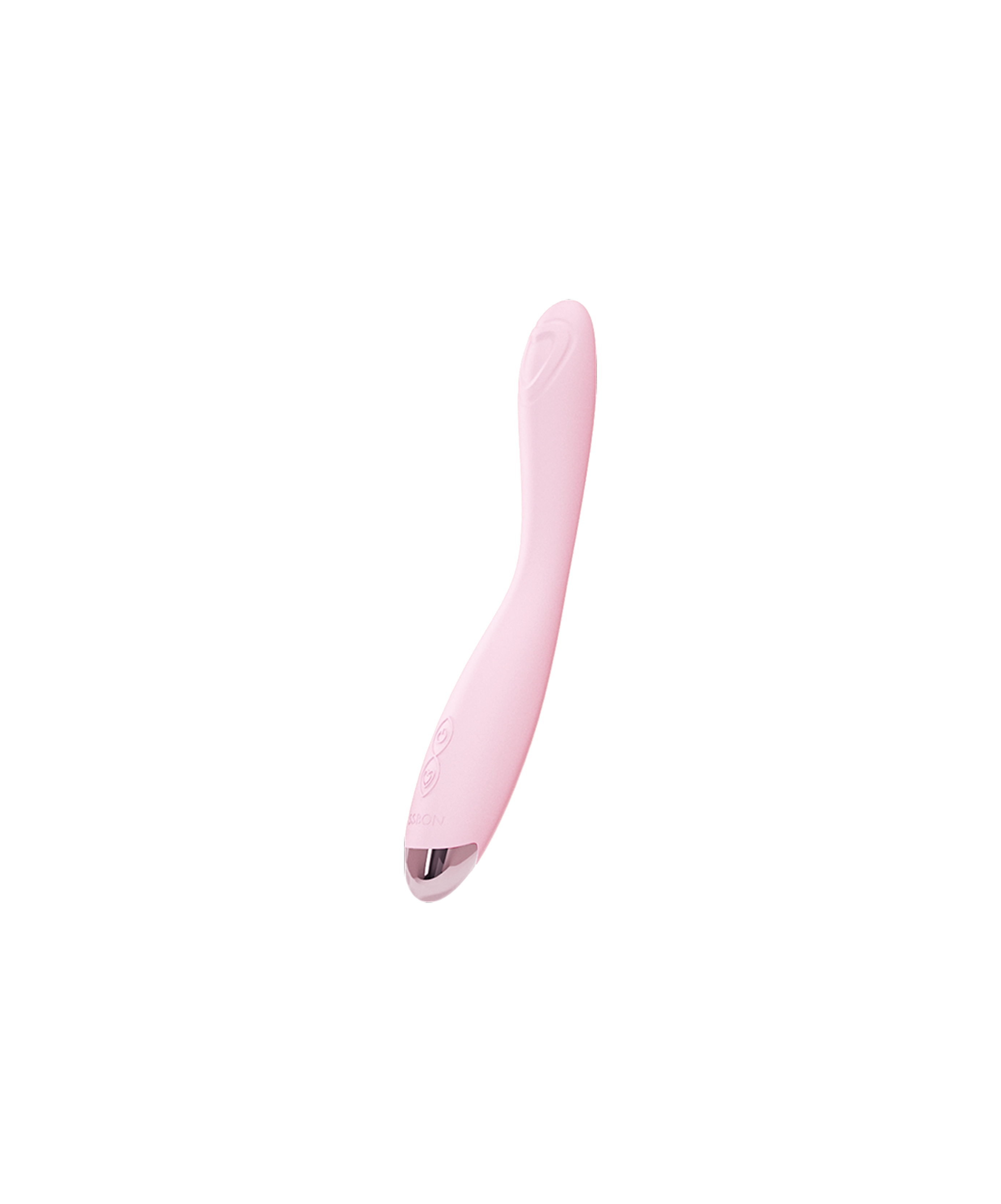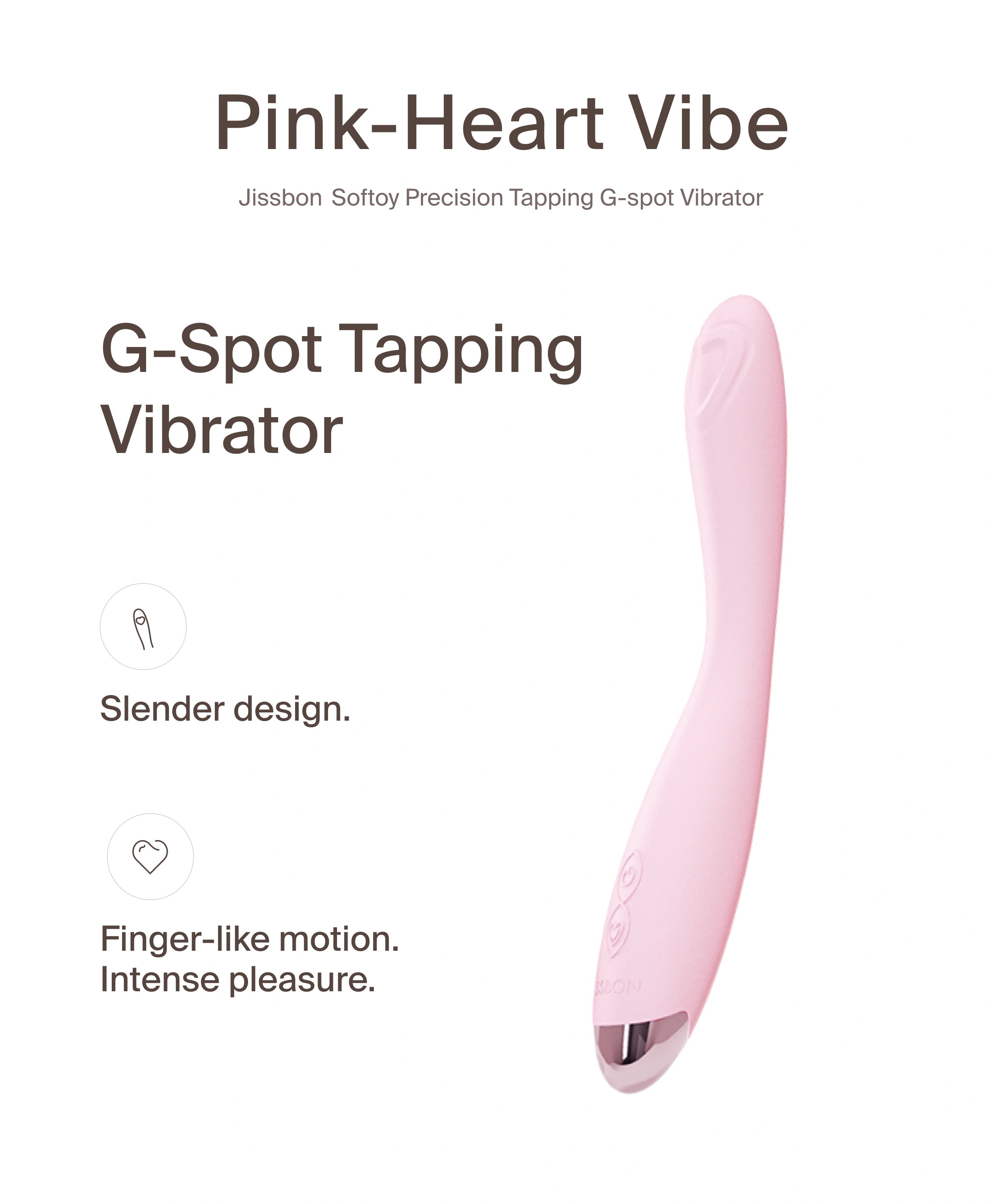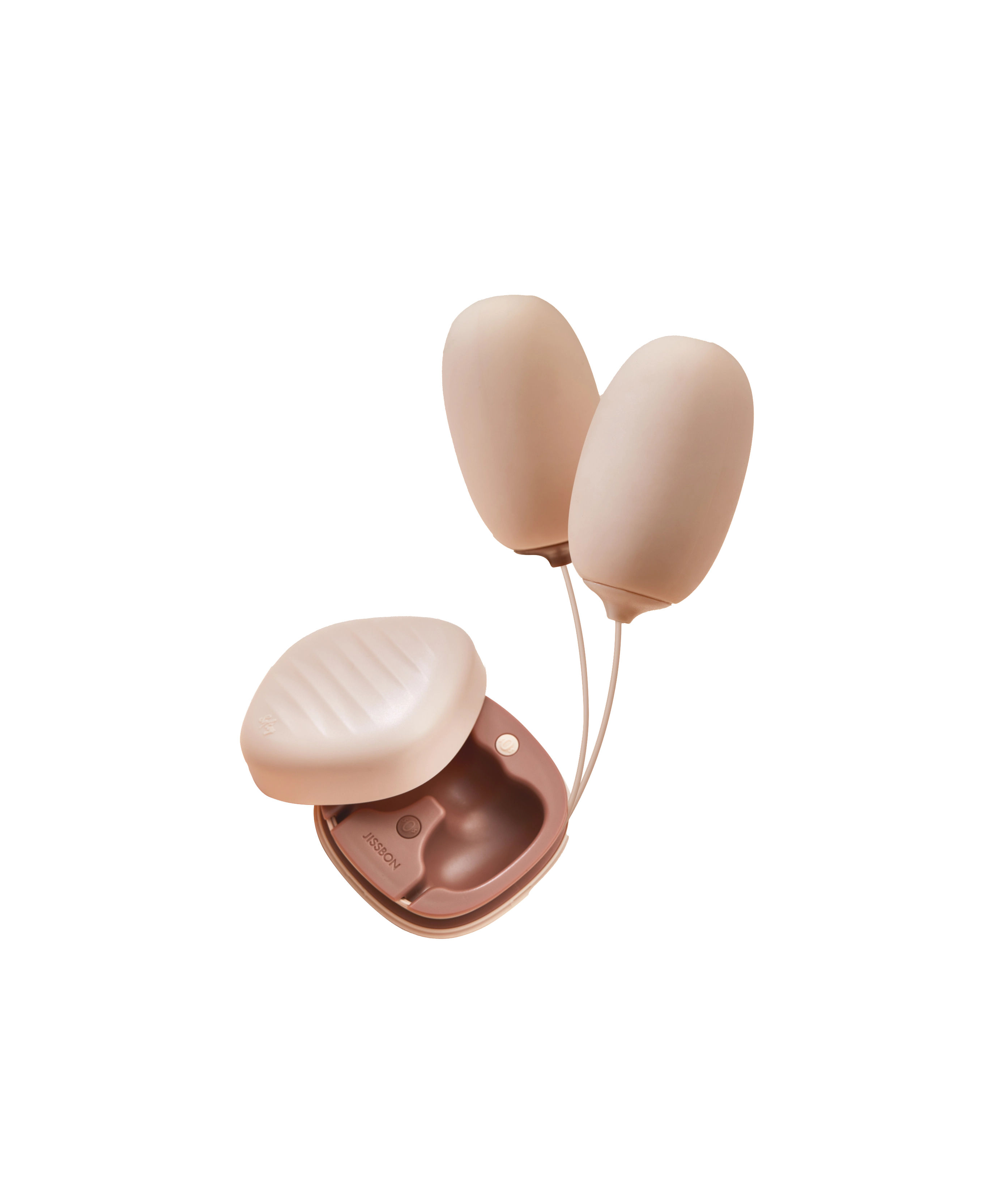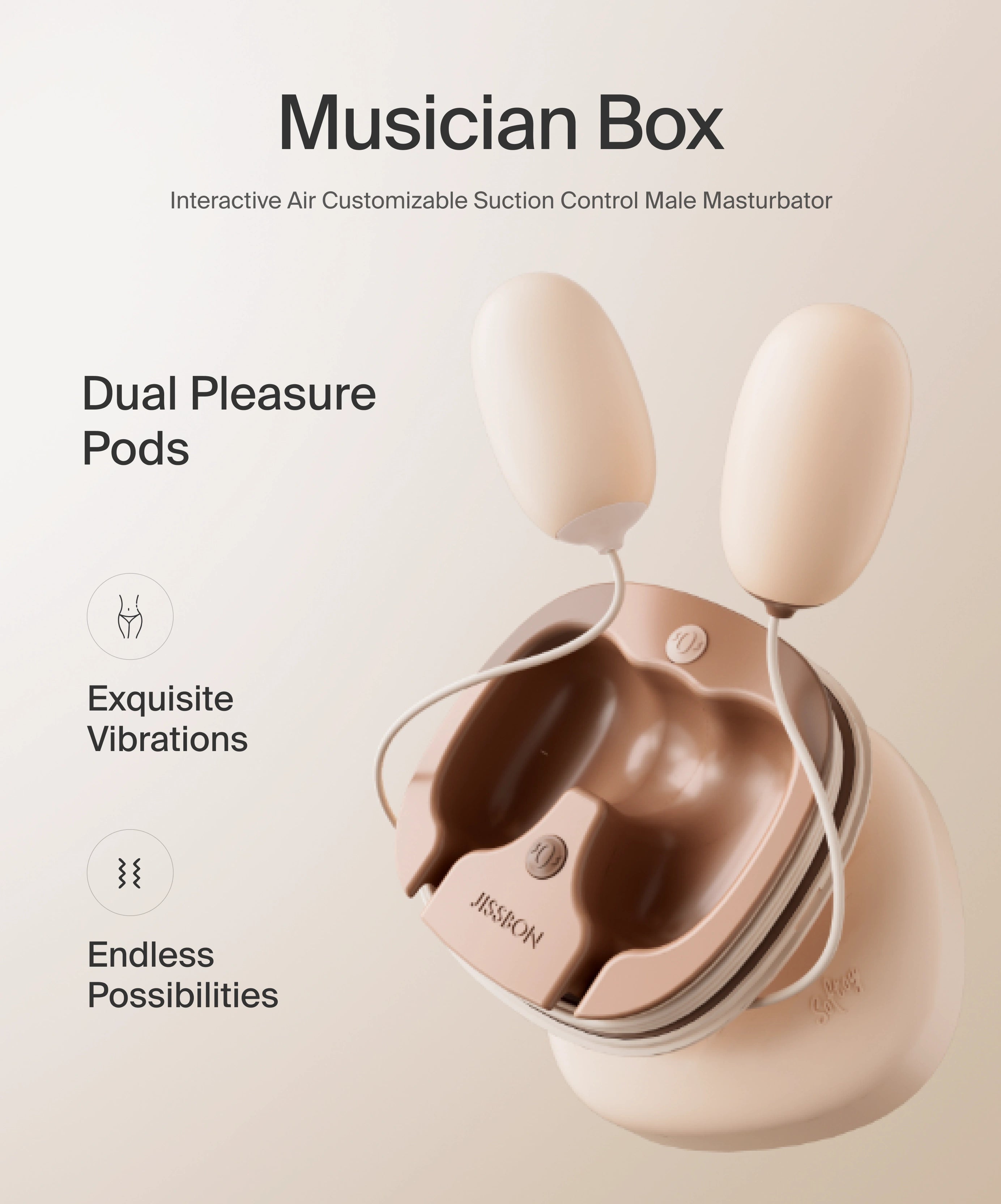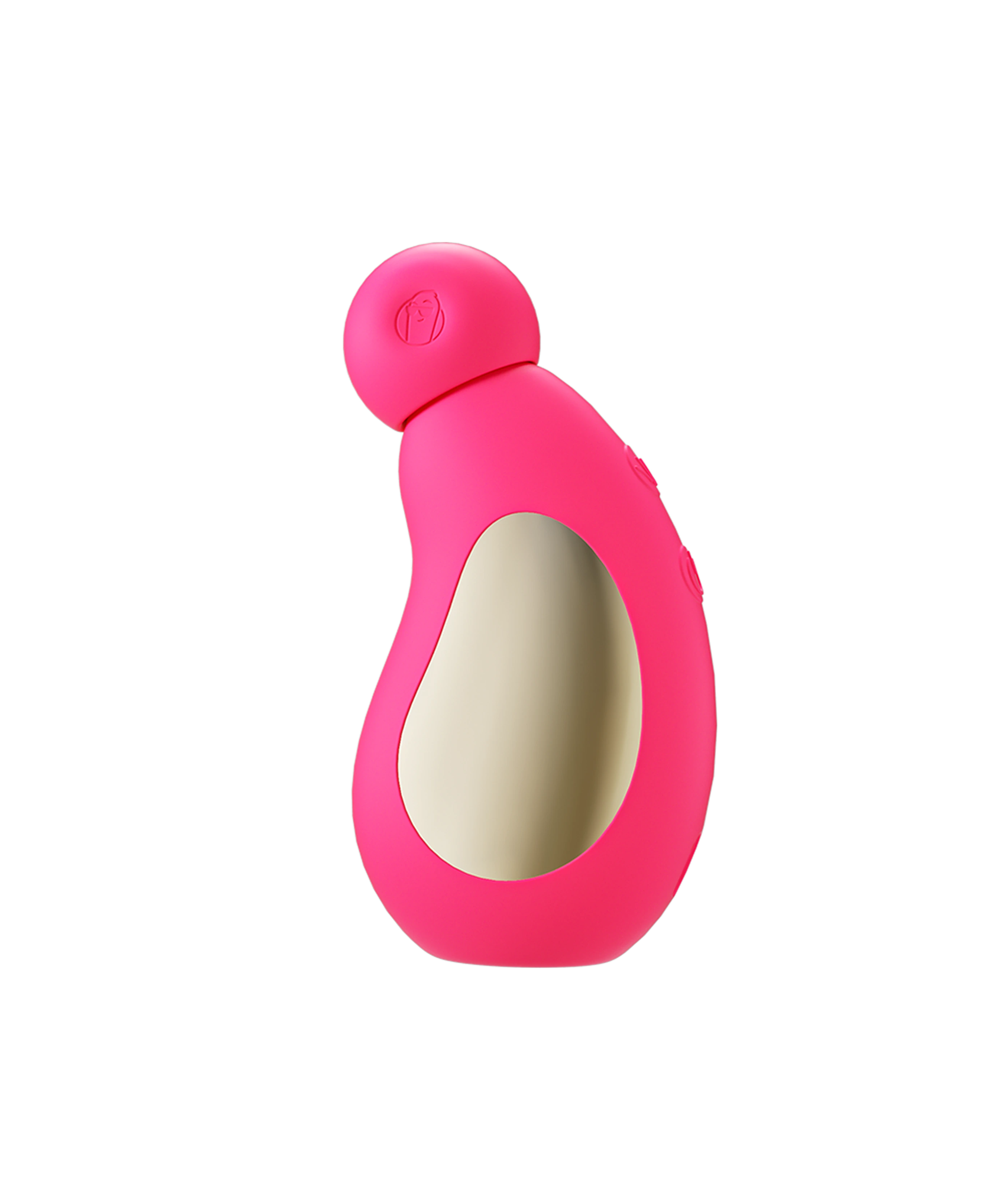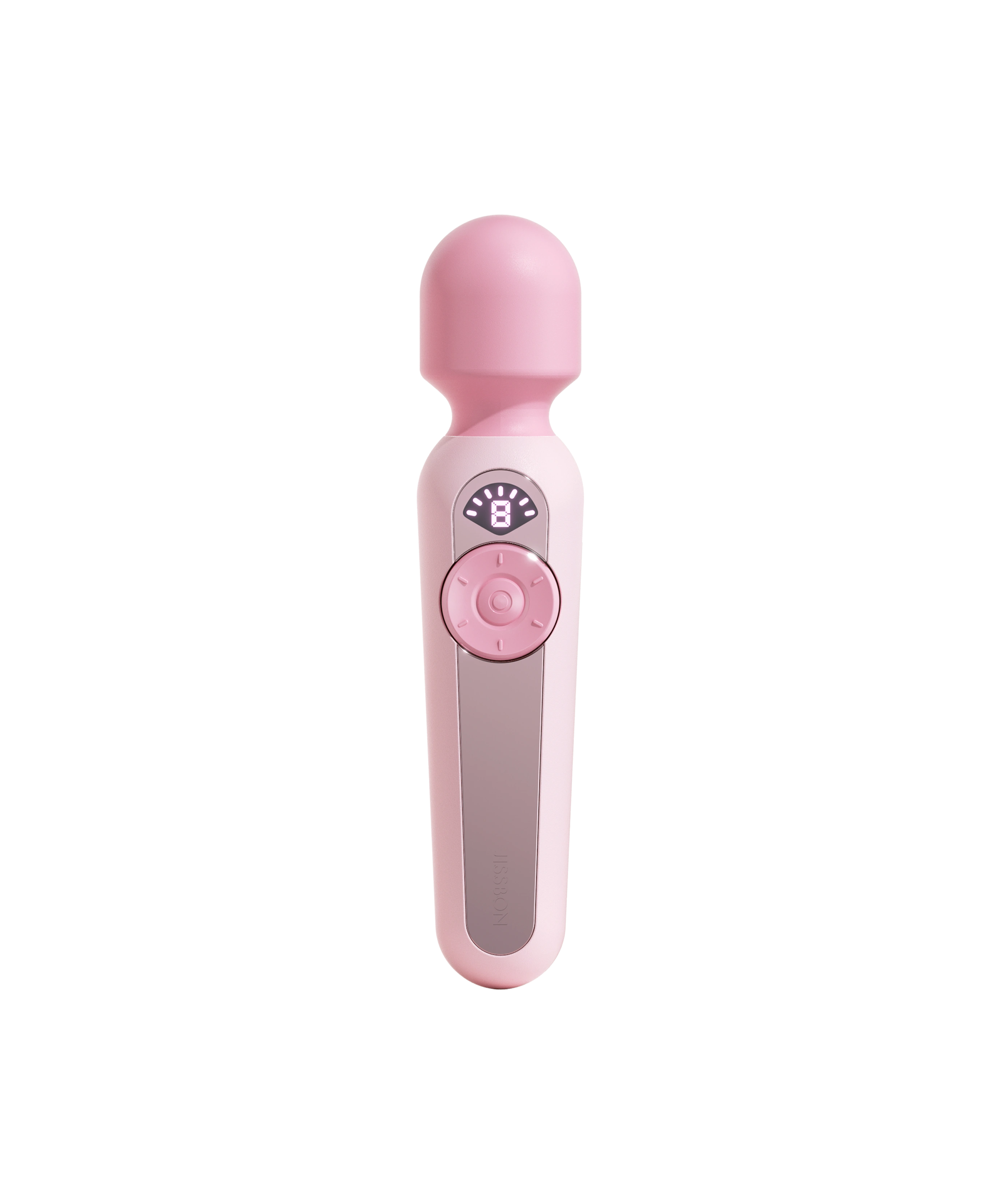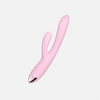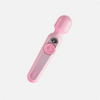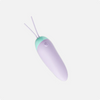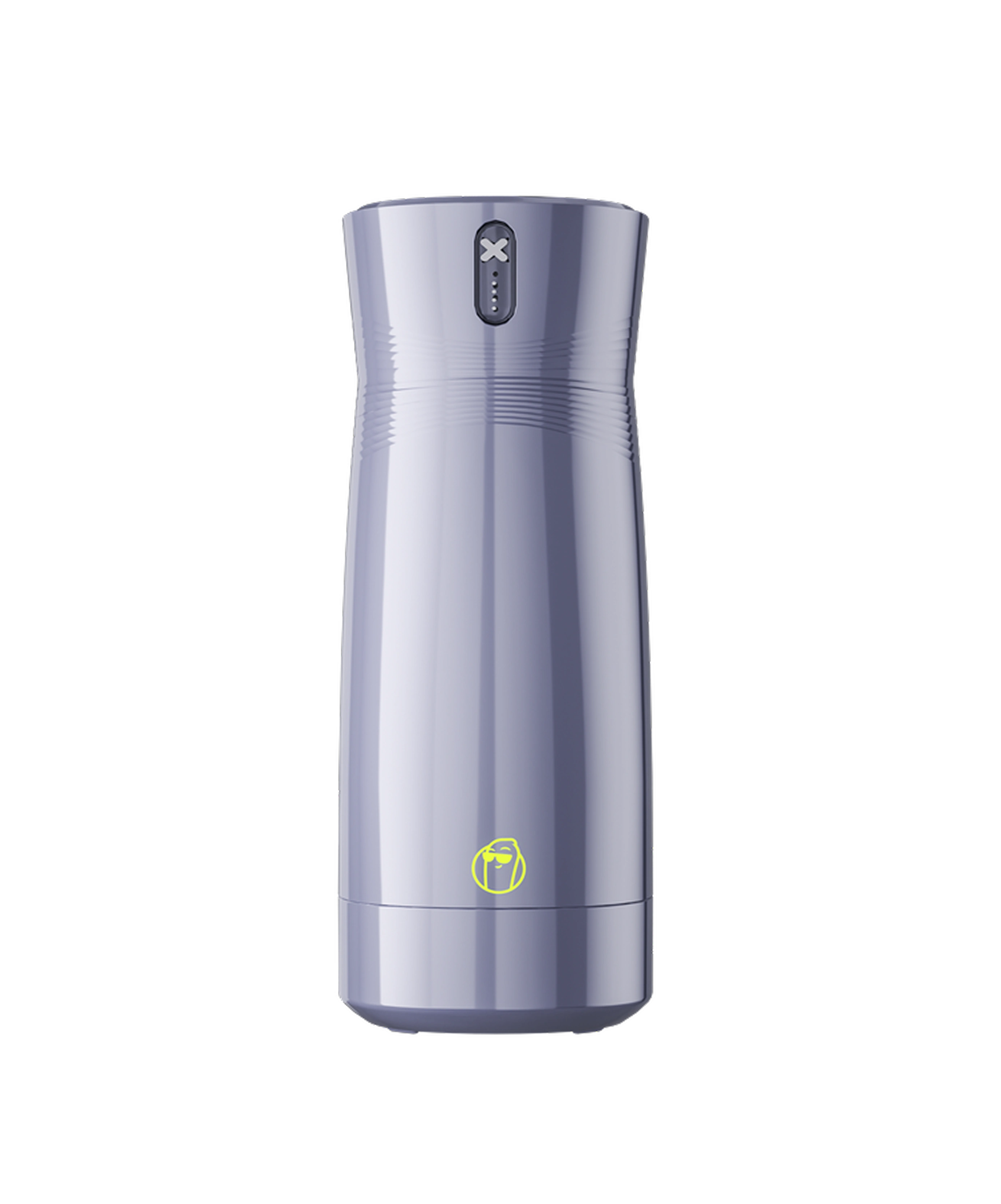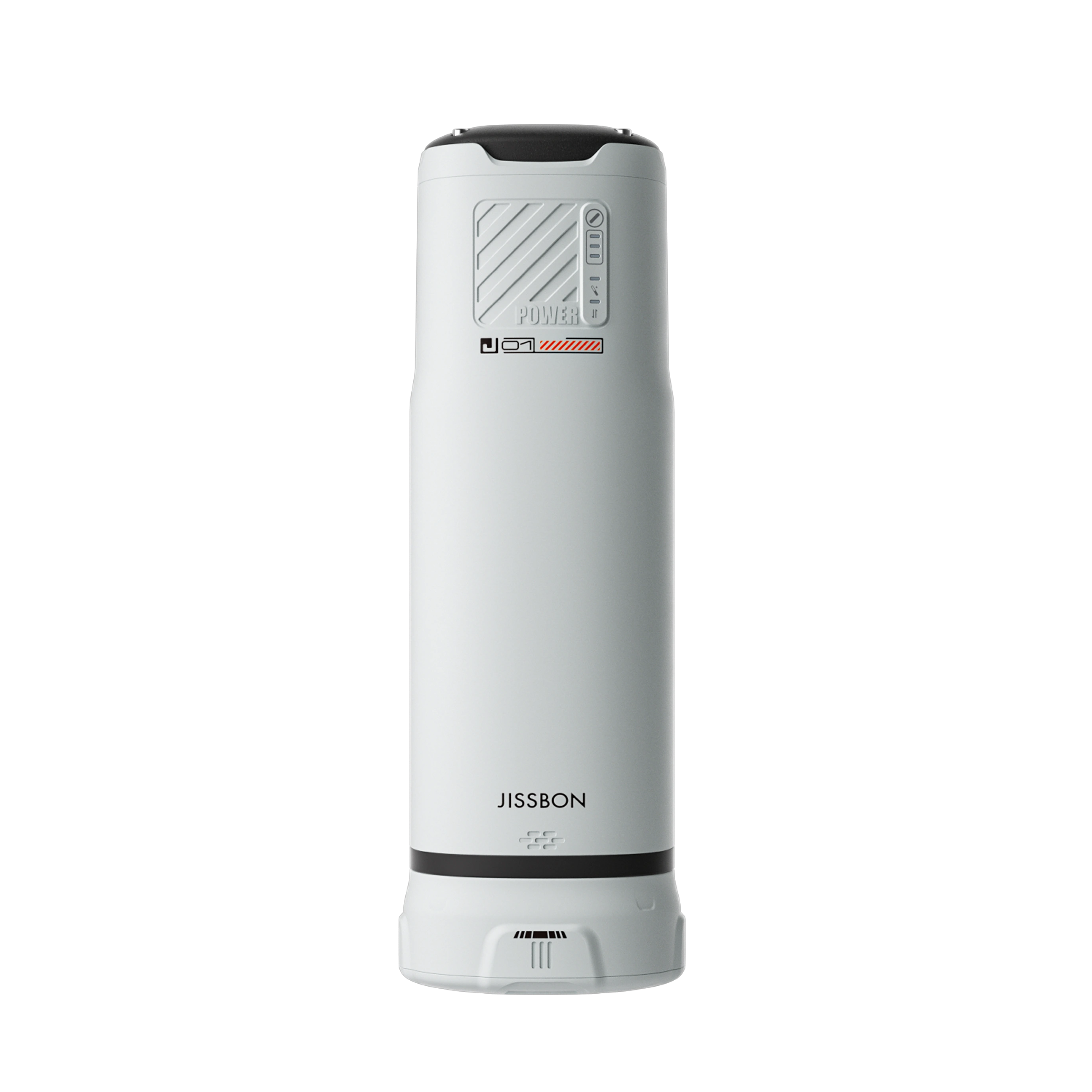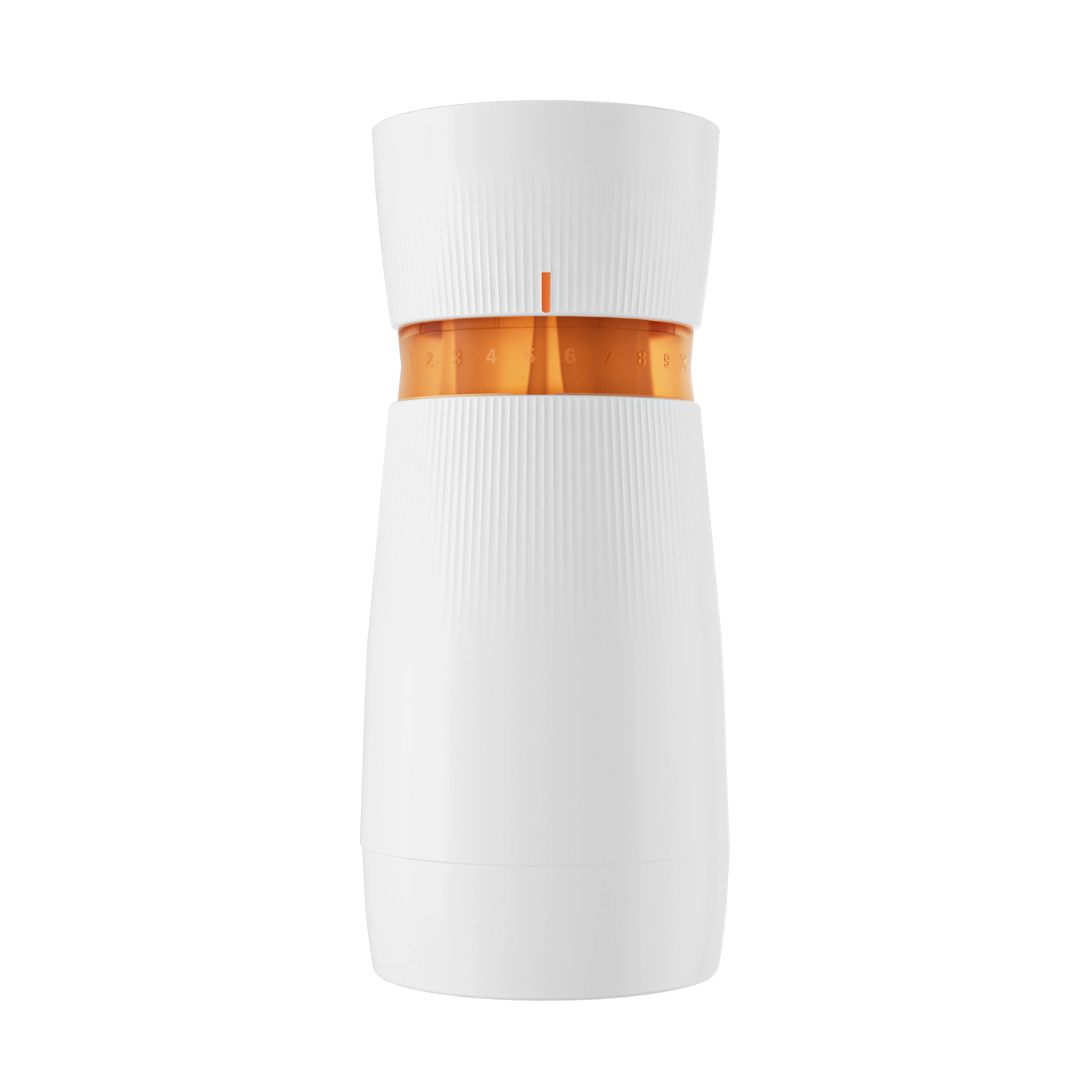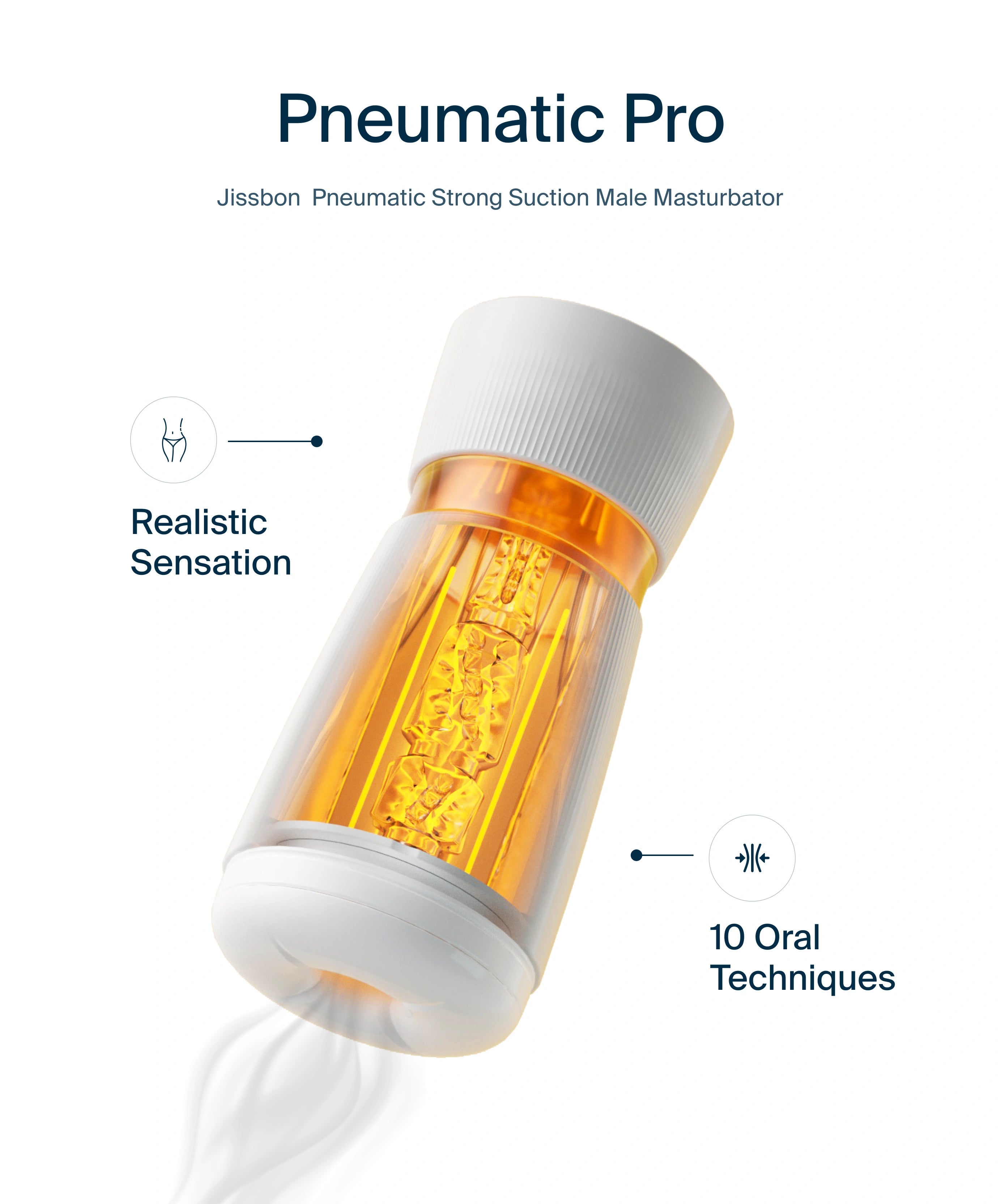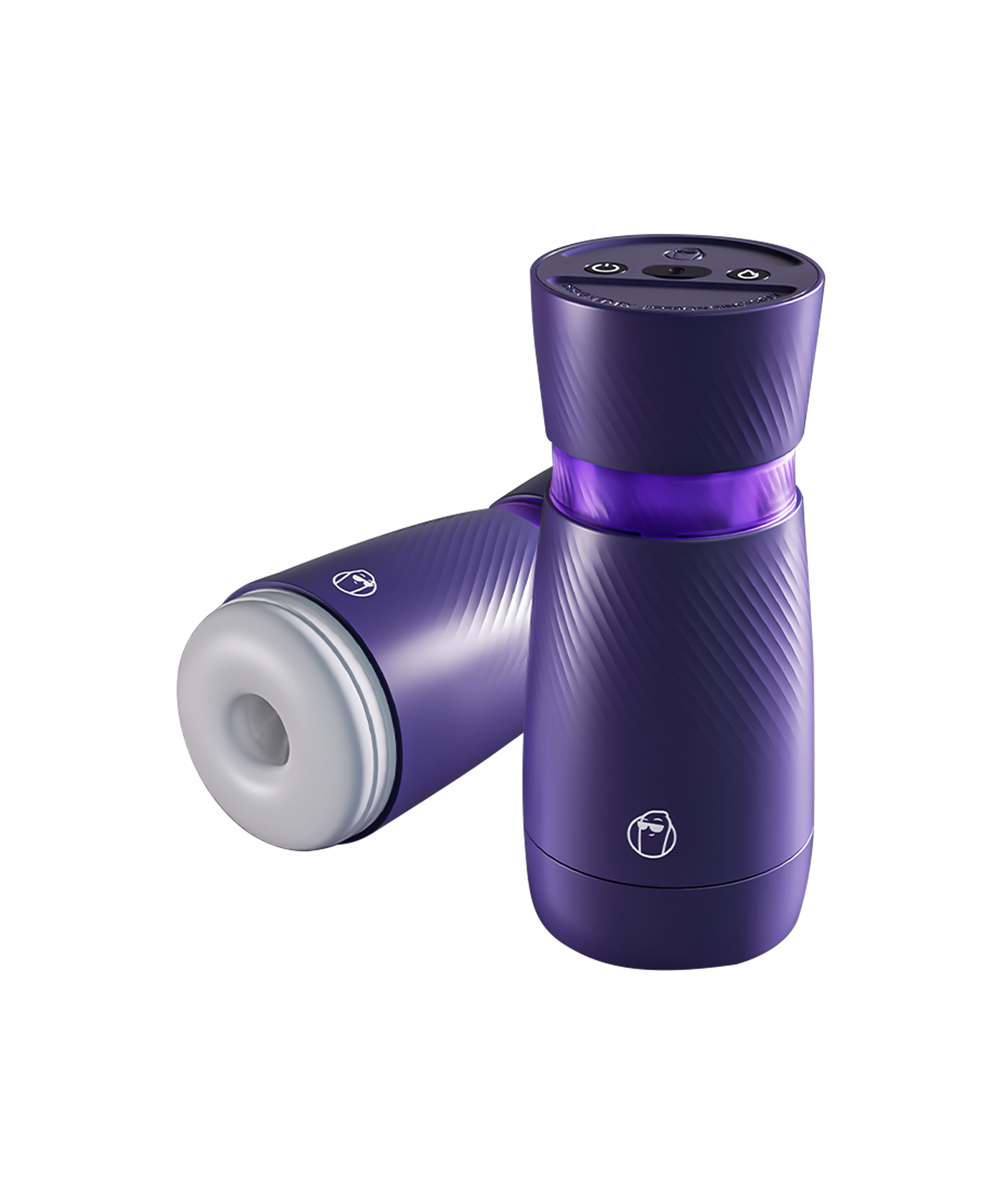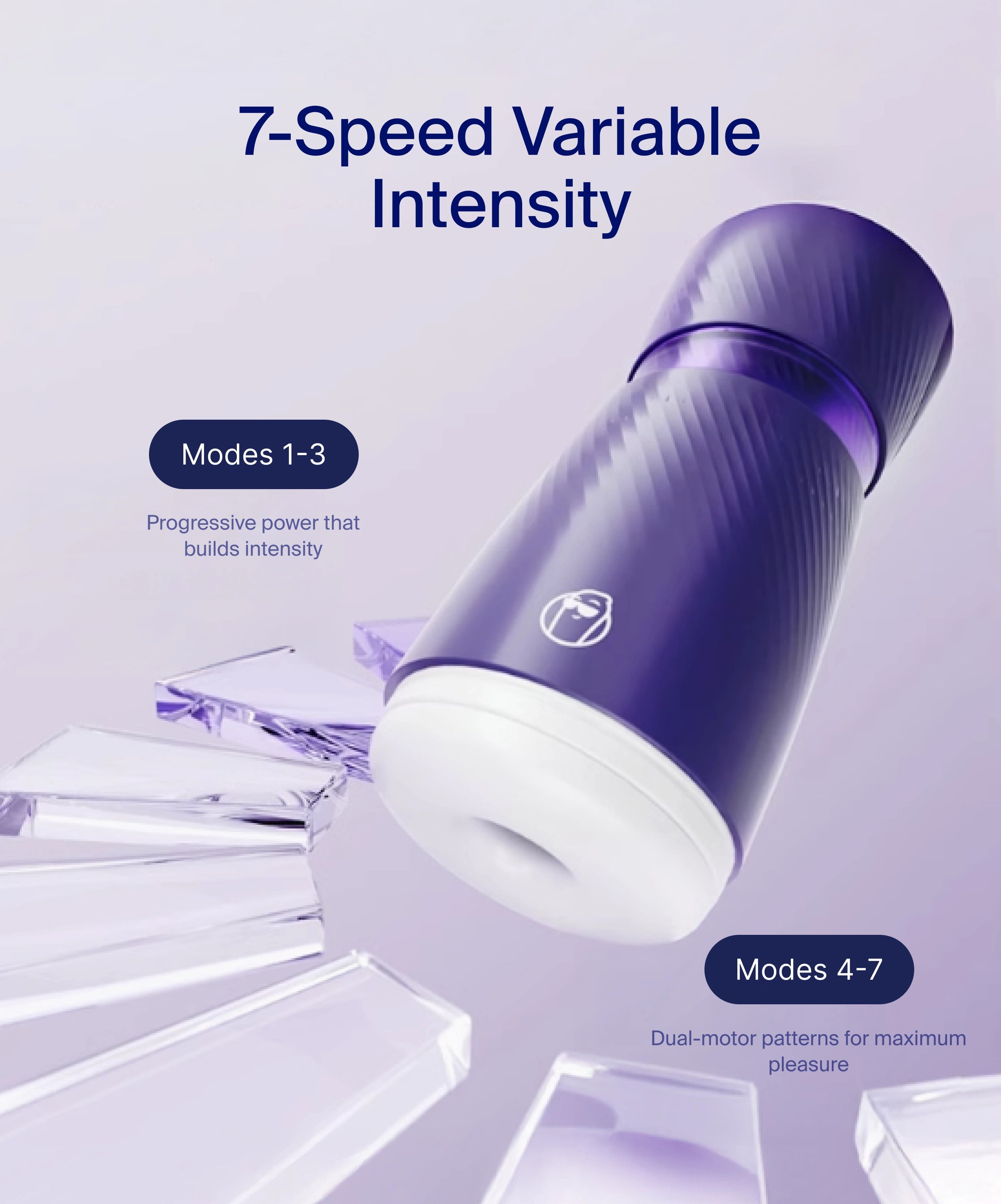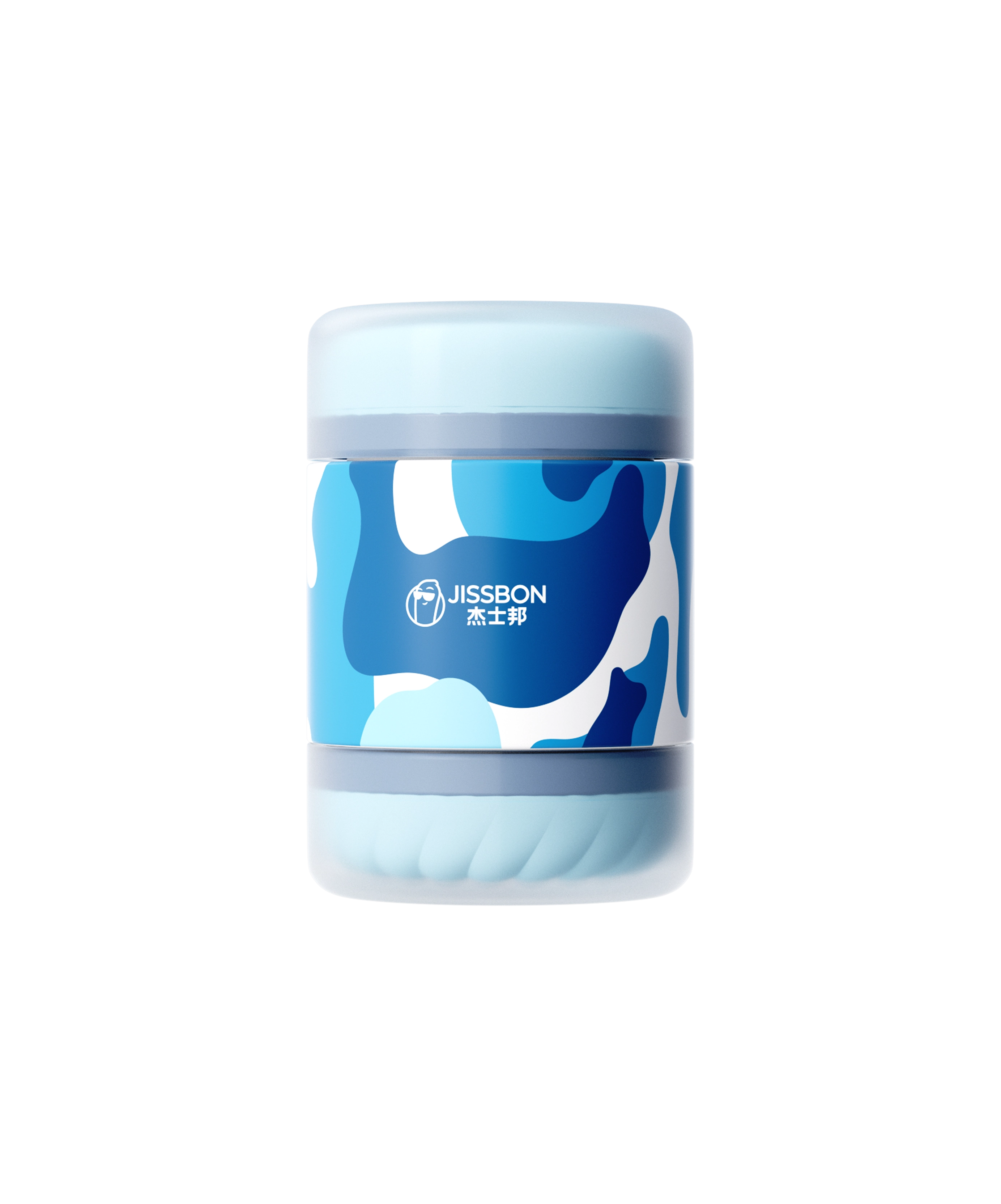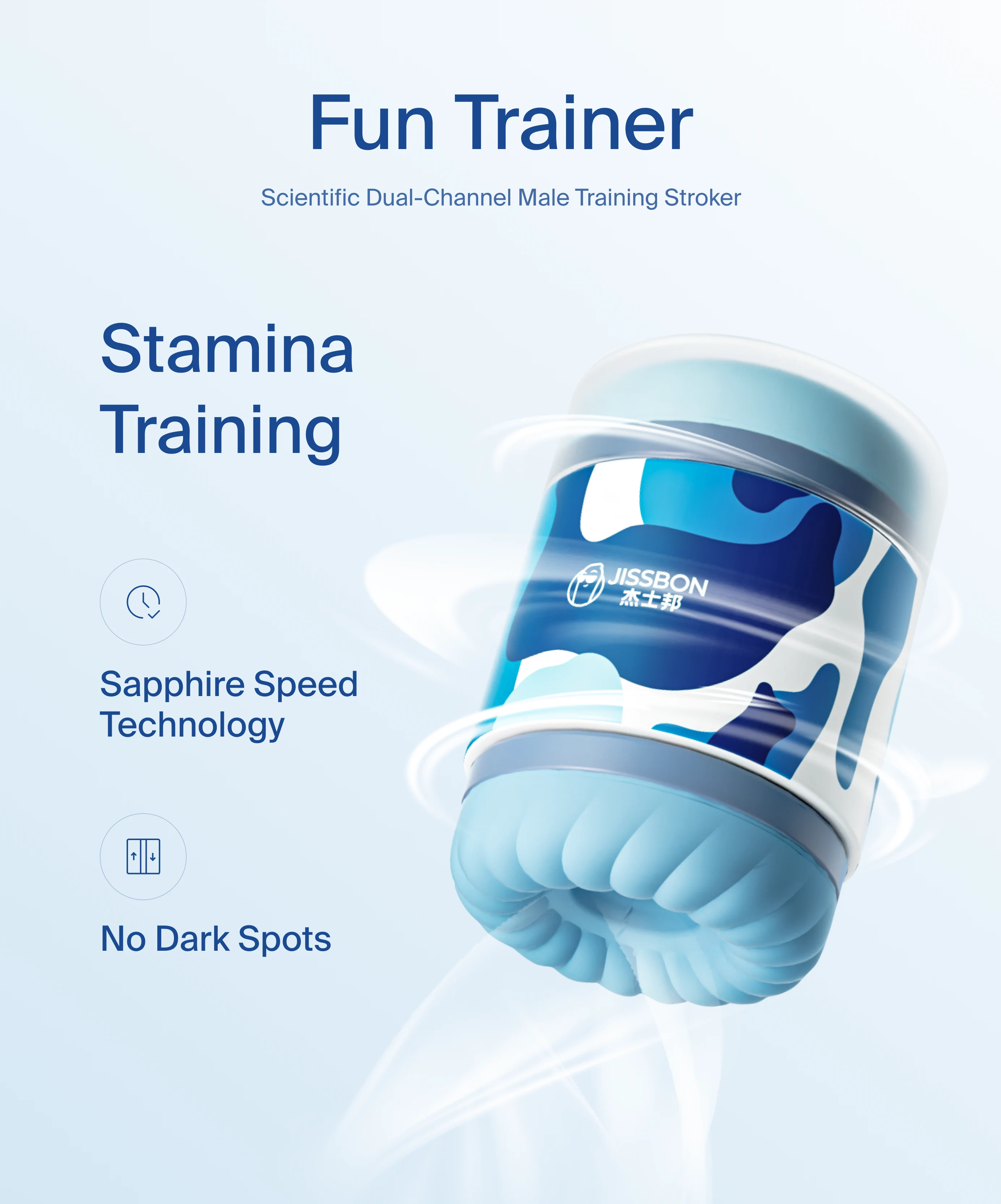Many people think of orgasms as just a moment of pleasure but what if they’re one of the most powerful tools for long-term health? From deeper sleep to glowing skin, stress relief to hormone balance, the benefits of orgasming go far beyond the bedroom.
Backed by scientific studies and medical experts, this guide explores how regular climaxes whether solo or with a partner can boost your physical, emotional, and mental wellness. Whether you’re curious about how orgasms affect your hormones or looking for natural ways to support better sleep and mood, we’ll break it all down with actionable, shame-free advice.
Because at
Jissbon, we believe pleasure is an essential part of self-care and your body deserves both joy and health.
What Happens to the Body During an Orgasm?
Orgasms may last only a few seconds, but the physiological effects ripple through your entire body. During climax, a powerful cocktail of feel-good hormones is released, triggering a cascade of physical and emotional responses.
Most notably, the body produces oxytocin (the "bonding hormone"), dopamine (the "pleasure hormone"), serotonin, and endorphins all of which contribute to a sense of euphoria, relaxation, and emotional connection. At the same time, cortisol (the primary stress hormone) drops, creating a post-orgasmic calm that can support better sleep and reduce anxiety.
Neurologically, the brain lights up in areas related to emotion, reward, and pain relief. Cardiovascularly, your heart rate and blood flow spike, delivering oxygen-rich blood throughout the body including to the skin and pelvic floor.
According to a 2023 study published in the Journal of Sexual Medicine, these hormonal changes contribute not just to short-term satisfaction but also to long-term benefits like improved immune response, hormonal balance, and even reduced inflammation.
Orgasms and Stress Relief: The Natural Reset Button
If you’ve ever felt calmer after sex or solo play, it’s not just your imagination. Science confirms that orgasms are a natural, biological stress reliever and one of the most accessible forms of self-regulation.
During orgasm, the body floods with oxytocin and endorphins, which help lower levels of cortisol, the hormone responsible for stress and anxiety. This hormonal shift not only enhances emotional well-being but also eases physical tension, slows breathing, and promotes mental clarity.
In fact, research from Rutgers University shows that the brain’s amygdala a key center for processing stress becomes less active during orgasm, offering a physiological “off switch” for overwhelm. The effect is especially noticeable in those who struggle with chronic anxiety, sleeplessness, or burnout.
Whether you orgasm through partnered sex or masturbation, the result is similar: a release of built-up emotional pressure and a rebalancing of your nervous system.
Top 7 Benefits of Orgasms for Your Health and Well-Being
Orgasms aren’t just about pleasure they’re a powerful contributor to your overall health. Here are seven science-backed ways regular climaxing supports physical and emotional well-being:
1. Stress Relief
Orgasms trigger the release of oxytocin and endorphins, helping lower cortisol levels and reduce anxiety.
2. Deeper Sleep
Post-orgasm hormonal shifts especially in prolactin and melatonin promote more restful, uninterrupted sleep.
3. Glowing Skin
Increased blood circulation delivers oxygen and nutrients to the skin, improving tone and radiance naturally.
4. Pain Reduction
The body’s natural painkillers (endorphins) are released during orgasm, which can relieve headaches, cramps, and muscle tension.
5. Pelvic Floor Strengthening
Muscular contractions during climax act like a workout for the pelvic floor, improving bladder control and sexual function.
6. Immune System Boost
Regular orgasms are associated with higher levels of immunoglobulin A (IgA), an antibody that supports immune defense.
7. Mood and Mental Health Support
Orgasming regularly helps regulate mood, ease depressive symptoms, and support emotional stability through dopamine and serotonin release.
What About Squirting / Female Ejaculation?
Squirting also known as female ejaculation is a form of orgasm that involves the release of fluid from the urethra during intense arousal or climax. While not every woman experiences squirting, for those who do, it can be a deeply cathartic and pleasurable release.
Research suggests that the Skene’s glands, located near the G-spot, are responsible for producing this fluid. Though it’s often misunderstood or mythologized, squirting is a natural response for some bodies and can be encouraged through focused G-spot stimulation.
For some people, female ejaculation provides a heightened sense of emotional and physical release a “deep-body exhale” that may help clear built-up tension, both mentally and muscularly. While its stress-reducing effects haven’t been studied as extensively as traditional orgasms, many women report feeling profoundly relaxed, emotionally lighter, and more connected to their bodies afterward.
Tip: Curved, pressure-sensitive toys like the G-Spot Vibrator are designed to target the G-spot with precision, making them ideal for exploring female ejaculation in a safe, pleasurable way.
How to Have More Orgasms (More Easily and More Often)
If you're struggling to orgasm or just want to experience them more consistently you're not alone. Studies show that nearly 1 in 3 women have difficulty climaxing regularly, and the reasons range from stress and hormonal shifts to lack of stimulation or emotional disconnection.
But here's the good news: with the right techniques, tools, and mindset, you can have more orgasms more easily and more often.
1. Prioritize Mental Turn-On
Your brain is your biggest sex organ. Create a relaxed, safe environment and use sensual cues like music, scent, or fantasy to get in the zone.
2. Learn What Your Body Loves
Experiment with different types of stimulation clitoral, G-spot, blended to discover what brings you the most intense sensations. Keep a curious, pressure-free mindset.
3. Add a Pleasure-Boosting Toy
Using a vibrator increases orgasm frequency by up to
60%, according to the
Journal of Sex Research. Products like the
Clitoral Vibrator and
G-Spot Vibrator offer beginner-friendly designs for reliable pleasure.
4. Practice Regularly
Like any part of your body, your orgasm reflex responds to regular stimulation. The more often you practice, the more easily your body will reach climax.
5. Communicate (With Yourself or a Partner)
Whether you're solo or partnered, honest communication about what feels good what to slow down, speed up, or try differently can dramatically enhance your experience.
Why does orgasm feel so good? Because it floods your brain with dopamine, serotonin, oxytocin, and endorphins creating a euphoric cocktail of pleasure, calm, and connection.
Bottom Line: Orgasms aren’t a mystery they’re a skill. With the right support, you can train your body to experience more joy, more often.
How Orgasms Improve Sleep Quality
Struggling to fall asleep or stay asleep? Your solution might be in your own hands literally. Orgasms can act as a natural sleep aid, helping you drift off faster and stay asleep longer.
During climax, your body releases a wave of prolactin, a hormone closely linked to relaxation and sleepiness. At the same time, oxytocin (the cuddle hormone) and serotonin levels rise, promoting a deep sense of calm and emotional comfort. This hormone cocktail naturally prepares your nervous system for rest.
Meanwhile, cortisol, the primary stress hormone, drops significantly reducing mental chatter and muscle tension that often delay sleep onset.
A 2019 study published in Frontiers in Psychology found that people who orgasm before bed experience faster sleep latency, better sleep quality, and improved mood the next day regardless of whether climaxing was solo or partnered.
Better Skin Through Pleasure: Beauty from the Bedroom
Radiant skin isn't just about serums and sunscreen it may start with regular orgasms. For many women, climaxing regularly can lead to noticeable improvements in skin texture, tone, and glow. But how?
Orgasms boost blood circulation, increasing oxygen and nutrient delivery to the skin. This helps flush out toxins, reduce puffiness, and promote cellular regeneration key ingredients for that post-sex "afterglow."
During orgasm, the body also releases estrogen, oxytocin, and DHEA (dehydroepiandrosterone) hormones that are linked to skin elasticity, collagen production, and anti-aging effects. These compounds help keep your skin firm, smooth, and more resilient over time.
According to FloLiving and Healthline, consistent climaxing may even help balance hormones that influence acne flare-ups, especially in menstruating or perimenopausal women.
Mental Health & Mood: Can Orgasms Help With Depression?
Pleasure can be powerful medicine. For women navigating stress, low mood, or hormonal swings, orgasms may offer a natural and deeply satisfying form of emotional relief.
Climaxing releases a surge of dopamine and serotonin, two neurotransmitters commonly targeted by antidepressant medications. These brain chemicals help stabilize mood, reduce irritability, and boost emotional resilience.
According to research published in the Archives of Sexual Behavior, regular orgasms are correlated with lower rates of depression and anxiety in women. They also help regulate the body’s stress response, making daily frustrations feel more manageable.
For some women, especially those dealing with hormonal imbalances or post-partum shifts, orgasmic release offers a form of non-pharmaceutical balance a "natural reset" without the side effects.
The Pelvic Floor Bonus: Physical Health Through Pleasure
Every time you orgasm, your pelvic floor gets a workout. The rhythmic contractions that occur during climax help strengthen the muscles supporting your bladder, uterus, and bowel an often-overlooked benefit with long-term health implications.
Over time, this natural exercise improves muscle tone, boosts circulation in the pelvic region, and may help reduce issues like urinary incontinence or pelvic discomfort especially postpartum or with age.
A 2022 study in the International Urogynecology Journal found that women who orgasm regularly had better pelvic floor control and reported fewer dysfunction symptoms compared to non-orgasmic participants.
The Science of Self-Pleasure: Why Female Masturbation Matters
Female masturbation is more than just a private indulgence it’s a proven form of body literacy, emotional release, and whole-body wellness. Yet despite its benefits, it’s still surrounded by unnecessary shame and misunderstanding.
Orgasming through solo play allows you to learn what feels good, on your terms, without pressure. It promotes self-awareness, strengthens the mind-body connection, and increases your ability to climax with a partner.
Biologically, female masturbation offers all the same benefits as partnered sex: lower stress, improved mood, better sleep, stronger pelvic muscles, and even enhanced immune function. It’s also 100% safe, hormone-balancing, and totally free from side effects.
Research from The Journal of Sexual Medicine highlights that women who masturbate regularly report higher self-esteem, stronger libido, and lower rates of sexual dysfunction.
Want to make solo time even more satisfying? Ergonomic, whisper-quiet toys like the Clitoral Vibrator are perfect for building a regular, relaxing self-care ritual.
Final thought: Masturbation isn’t a backup plan. It’s a vital part of female wellness and one of the most empowering ways to care for your body.
Frequently Asked Questions
Can orgasms really help with anxiety or depression?
Yes. Orgasms release dopamine and serotonin natural mood boosters that can help regulate emotional lows and reduce anxious tension.
Do I need to squirt to get health benefits from climaxing?
No. Squirting is optional and varies by anatomy. All orgasms clitoral, G-spot, or blended offer wellness benefits.
What if I can’t orgasm easily?
You're not alone. Try removing pressure, exploring different types of stimulation, and using gentle tools designed for beginners.
Is it normal to orgasm more during some parts of my cycle?
Yes. Hormones fluctuate throughout your cycle and can affect sensitivity, arousal, and orgasmic ease.
How often should I orgasm to get the benefits?
There’s no “perfect number.” Even once a week can yield benefits. It’s about consistency, not quantity.
Orgasms Are Self-Care, Not Just Sex
From smoother skin to deeper sleep, stronger muscles to brighter moods, orgasms offer one of the most holistic health benefits available no prescription needed.
Whether you reach climax through solo exploration or partnered intimacy, each orgasm supports your physical, emotional, and mental wellness. It’s not about “performance.” It’s about reconnection.
Take the next step in your pleasure journey explore body-safe, beginner-friendly products from and discover what feels right for you.
Your body isn’t just worthy of pleasure it thrives on it.







